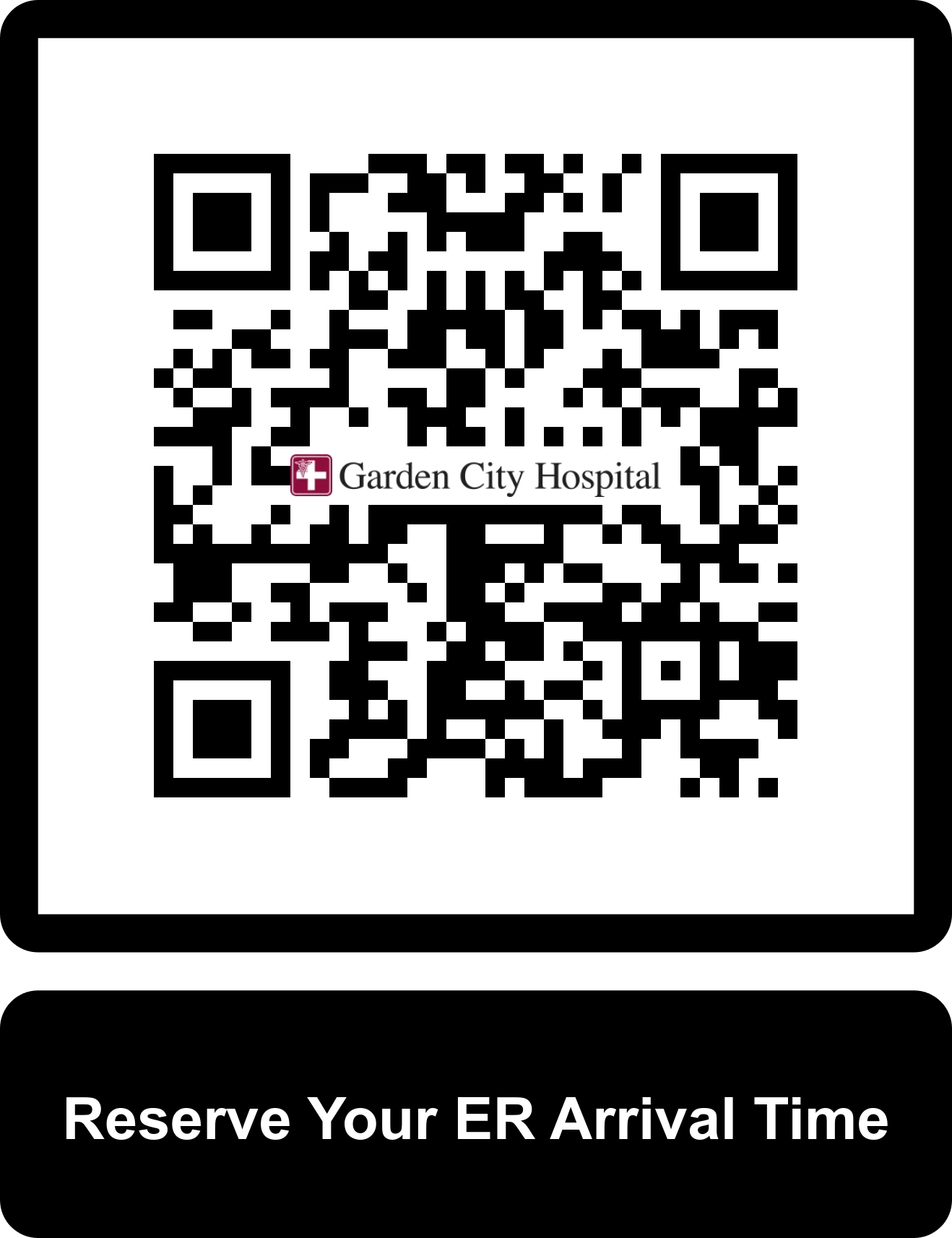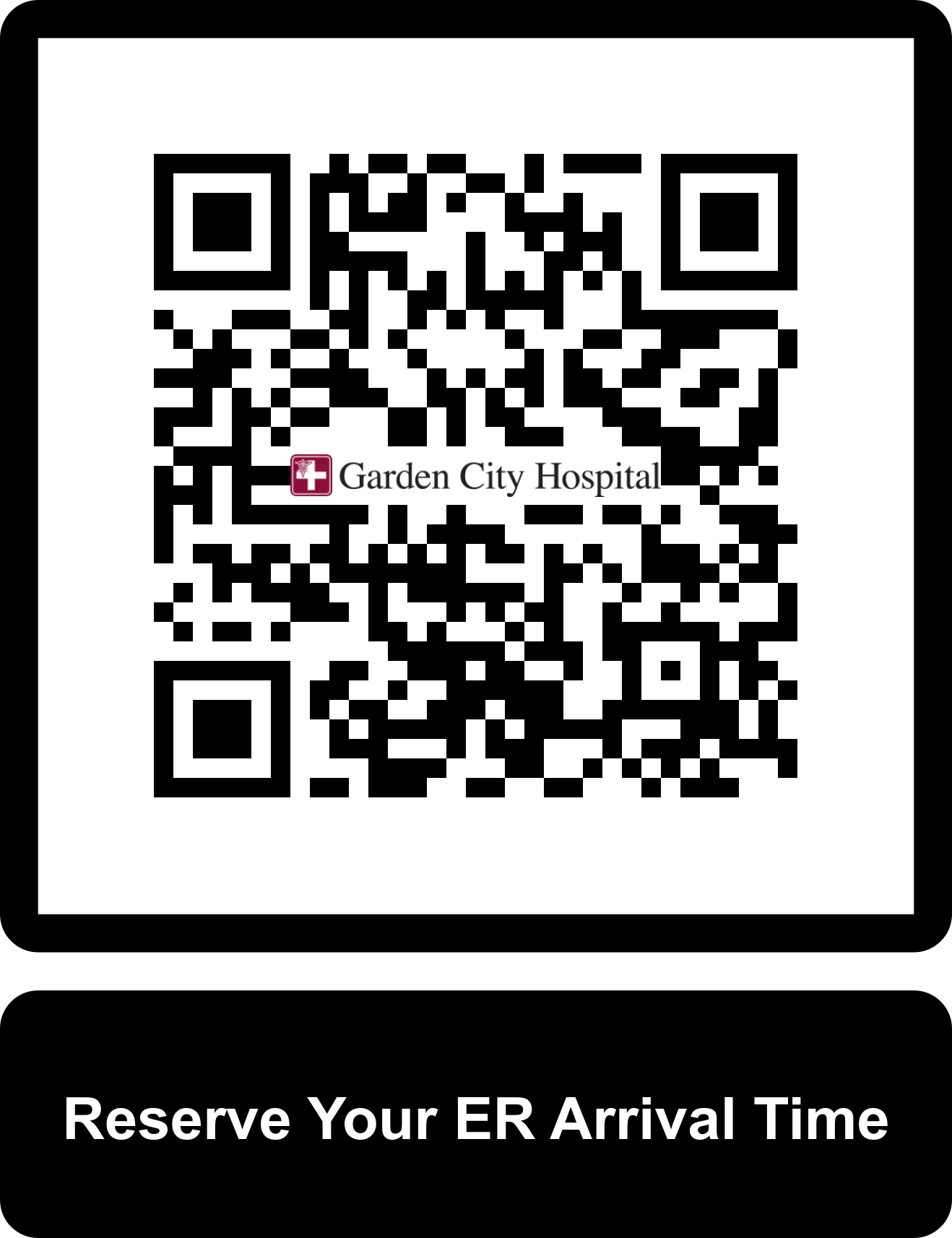Peripheral Artery Disease
Peripheral Artery Disease (PAD) occurs when the peripheral arteries narrow or are blocked by plaque or atherosclerosis. Most commonly, PAD involves the leg arteries. Though PAD affects about 10 million people in the United States, many people don’t know they have the disease. That’s because in its early stages, PAD may not cause any symptoms or unusual symptoms and it goes unrecognized. Later in the disease, PAD can lead to cramping, leg pain, and even the loss of a leg or increased risk for heart disease or carotid artery disease.
For further information, contact us at 734-458-4366
Causes
Atherosclerosis, or hardening of the arteries, is the disease that causes PAD. It also causes other circulatory disorders, including heart disease, carotid artery disease and aneurysms. Essentially, atherosclerosis is the buildup of plaque on the inside of your artery walls that can cause your arteries to narrow, reducing blood flow significantly.
Symptoms
Many people assume that pain when walking is a normal part of aging, but it’s not. Some studies suggest that women may not experience the same symptoms of PAD as men, or may not experience them as early as men. This can put women at greater risk for complications associated with later-stage vascular disease.
Symptoms of PAD often include:
- Pain or cramping in the legs while walking or exercising that eases when you are at rest.
- A tired or heavy feeling in your legs.
- Swelling or numbness in your legs.
- Foot or toe pain at rest that often disturbs your sleep.
- Skin discoloration.
- Cold feet or legs.
- Ulcers or sores that won’t heal on the lower legs or feet.
If you are experiencing any of these PAD symptoms, you should consult your doctor or schedule an appointment to see one of the board-certified cardiologists at Garden City Hospital.
Risk Factors
Risk factors for PAD include:
- Over the age of 50
- Family or personal history of heart disease or stroke
- Diabetes
- High blood pressure
- High cholesterol
- Smoking
- Overweight or an inactive lifestyle
Diagnosis
To diagnose PAD, a physician usually begins with a medical history and physical exam. In the exam, a simple test called the ABI (ankle-brachial index) is performed. If that indicates a possible problem, other tests may be done. They include:
- Doppler and duplex ultrasound imaging
- Magnetic resonance angiogram (MRA)
- CT angiogram
- Regular (catheter-based) angiogram
Treatment Options
Most people with PAD can be treated with lifestyle changes, medicines or both. Lifestyle changes to lower your risk for PAD include:
- Stop smoking (Smokers are two to 25 times more likely to get PAD and experience symptoms of PAD 10 years earlier than nonsmokers).
- Control diabetes if you have it.
- Control blood pressure levels.
- Be physically active (including a supervised exercise program).
- Eat a low-saturated-fat, low-cholesterol diet.
- PAD may require drug treatment, which includes medicines to help improve walking distance, keep platelets from sticking together and cholesterol-lowering agents.
Garden City Hospital specialists can use angioplasty and stents to treat PAD. Angioplasty is a non-surgical procedure that widens narrowed or blocked arteries. A thin tube called a catheter with a deflated balloon on its tip is passed into the narrowed artery. When the balloon is inflated, it pushes the narrowed area open. When the balloon is deflated, the catheter is withdrawn.
Doctors also often use a stent — a wire mesh tube — which is placed in the narrowed artery with a catheter. There the stent expands and locks open. It stays in that spot, keeping the diseased artery open.
If a long part of an artery is narrowed, surgery may be required. A vein from another part of the body or a synthetic blood vessel is attached above and below the blocked area to detour blood around the blocked spot.
To learn more about your treatment options for PAD, talk with your physician or schedule an appointment with one of our board-certified cardiologists, call 734-458-4366.
Orthopedics

Emergency Services
Rehabilitation
Breast Care Center





